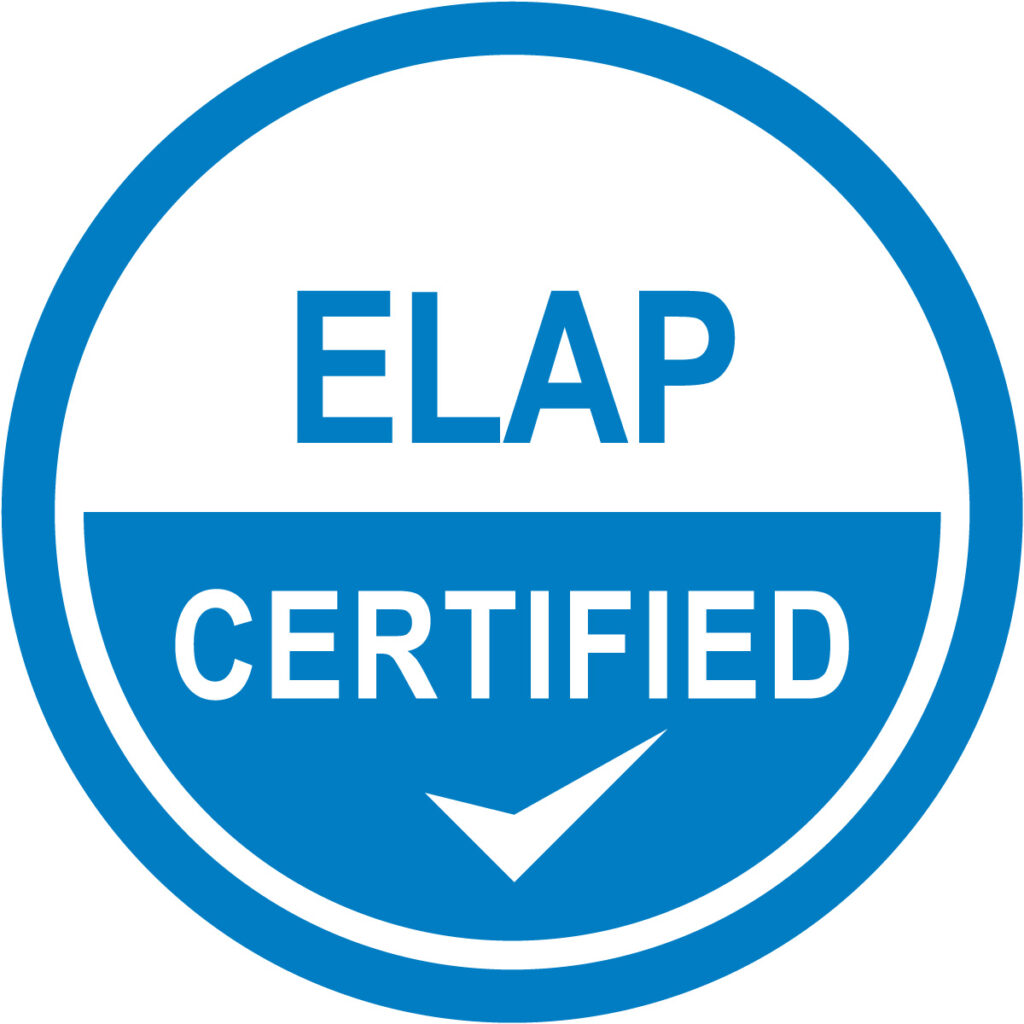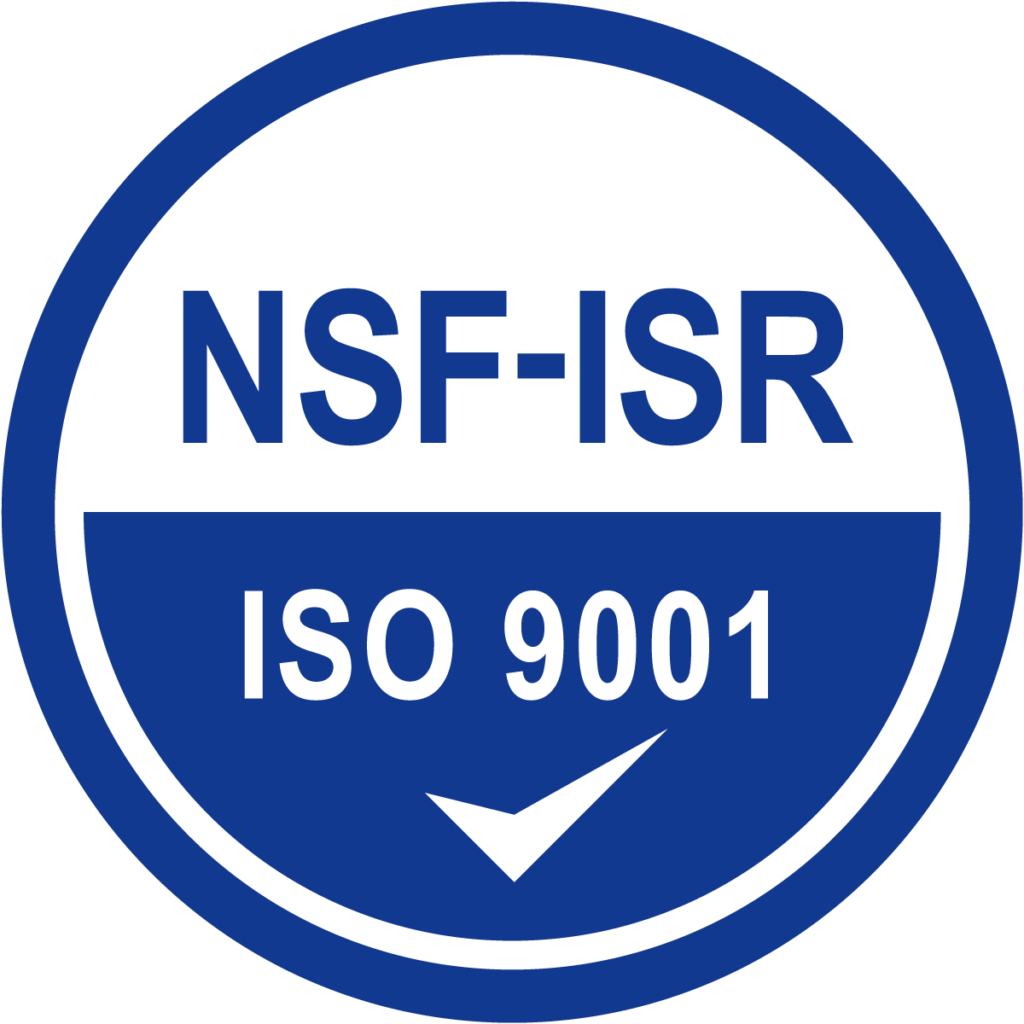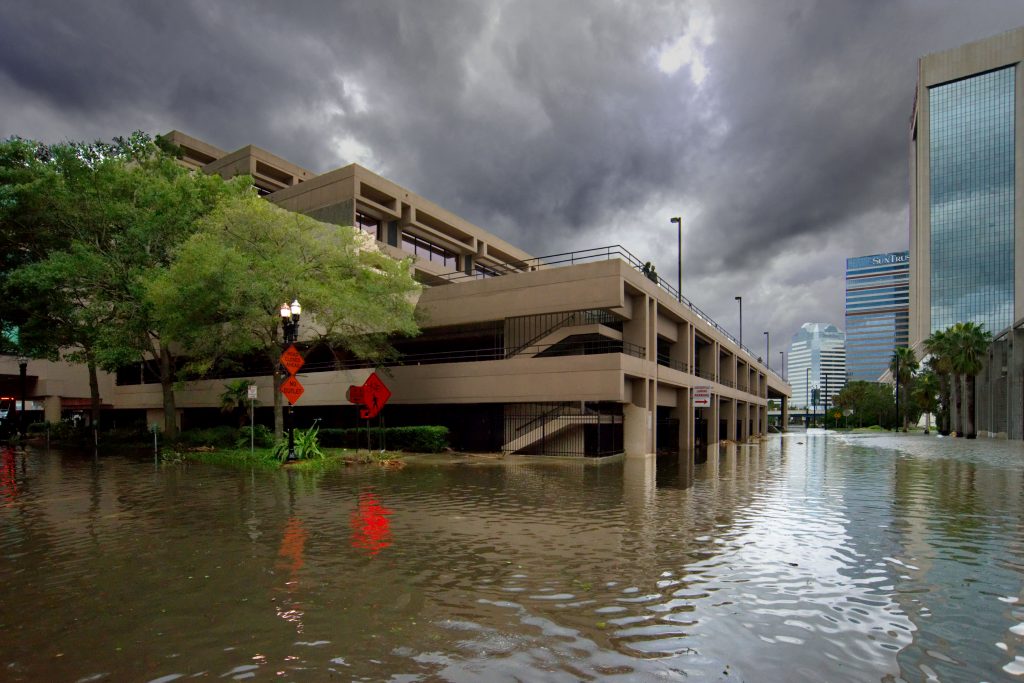
Hospital Water Quality Management
According to the American Hospital Association, about 36.3 million people are admitted to U.S. hospitals each year. We don’t typically think a lot about the availability of a resource as basic as water in medical institutions. But when there is a natural disaster or an unexpected man-made event, the dedicated staff of these institutions have it top of mind. Most hospitals keep back-up generators to handle the power outages usually caused by hurricanes. They don’t necessarily maintain an alternative water supply in case a water main suddenly breaks, or the power outage from a hurricane lasts longer than their generator capacity.
The risk to hospital patients during catastrophic events can be dire when the usable water supply is interrupted. A study on water sector resilience showed that “water capabilities [for hospitals] are degraded 67% – 99% within two hours of water service loss.” Water stagnation can spur the development of cyanobacterial toxins that make the water undrinkable. Dialysis patients, who require large volumes of water in the preparation of their hemodialysis fluids, risk being infused with harmful microbiological contaminants.
When the water supply to a major North Carolina medical facility was disrupted for four days by Hurricane Floyd, the hospital lost use of its air conditioner, sprinkler system, and drinking water. Despite its external hook-up for an emergency water supply, it still required the fire department to develop three 2,000-gallon dump pools so it had water to pump. Even with this, the hospital was still unable to meet its 300 gallon per minute demand. Toilets could not be flushed, patients could not bathe, hands could not be washed, and food could not be prepared. Only emergency surgeries could be performed.
Emergency Water Supply Planning
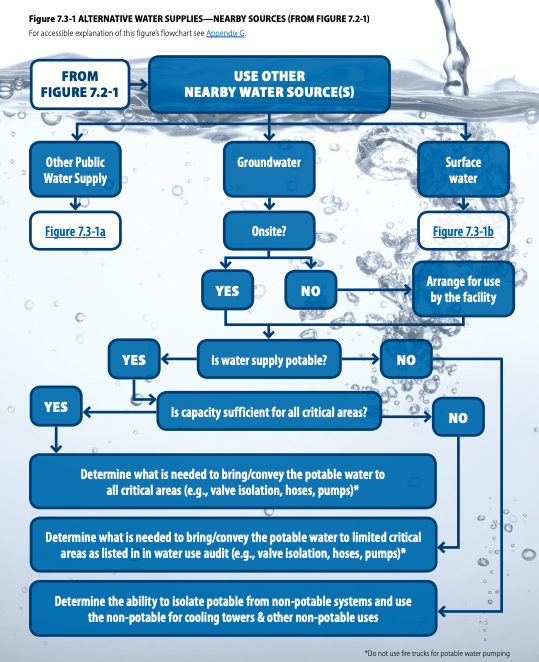
Source: Emergency Water Supply Planning Guide for Hospitals and Healthcare Facilities, p 22
Both poor water quality and the lack of water pose serious threats to the lives of hospital patients whose health is already compromised. With natural disasters increasing in frequency and intensity in recent years, concerns across the country have grown about hospital preparedness regarding water supply. In collaboration with the CDC and the FDA, the Centers for Medicare and Medicaid Services (CMS) prepared an extensive document outlining mandates for emergency water supply planning in hospitals and other healthcare facilities.
In order to maintain daily operations and patient care services, healthcare facilities need to develop an Emergency Water Supply Plan (EWSP) to prepare for, respond to, and recover from a total or partial interruption of the facility’s normal water supply. (CMS)
The plan must account for consumption and critical care activities as well as sanitary needs and equipment maintenance. In other words, it must explicitly lay out the hospital’s procedures for maintaining potable water, meaning the water must be drinkable and suitable for washing hands, preparing food, bathing, and mixing fluids for dialysis and other medical treatments. It must also account for water needed for sanitation, such as flushing toilets and cleaning floors. Finally, it must ensure medical equipment, HVAC, hazmat, fire suppressors, sprinkler systems, etcetera continue to operate properly.
This is a tall order for hospitals because it requires them to expand their in-house staff with a team that has expertise in water quality management. Initial steps for the team include conducting a water use audit plan per CMS guidelines, identifying and isolating an emergency water supply source, and finally, formally drafting the EWSP.
While all of these require a serious commitment of time and energy, the analysis of an emergency water supply alternative is perhaps the most demanding. To accomplish this, the CMS recommends the team consult with the water utility company and other authorities about the anticipated nature of the water outage, and to be able to anticipate its duration. Scouting of nearby storage tanks, water sources, water tanks, and water storage locations are also part of this crucial phase of the plan’s development. The time commitment can be shortened with the help of experts who already have extensive experience and deep knowledge of water quality management and emergency water supply alternatives.
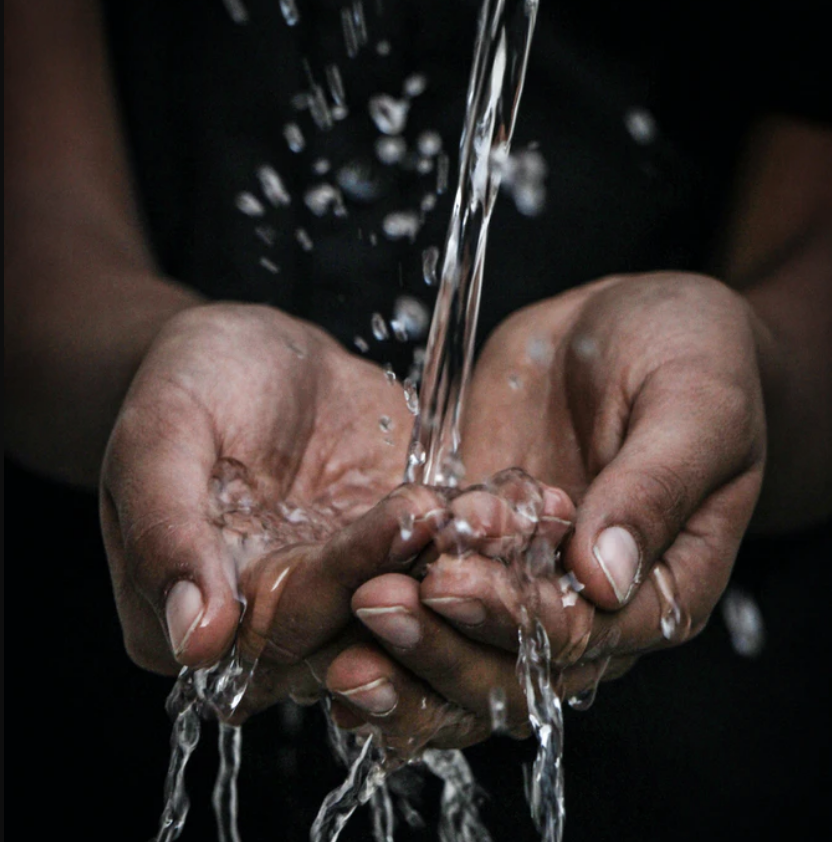
Other EWSP Considerations
When, not if, a water main rupture or a strong hurricane disrupts the water supply, the hospital must be ready to execute on the plan. Details of other activities and considerations are below. Every EWSP team should build these into their plan and keep them top of mind even during the emergency event.
- During an event, continuously monitor the hospital’s water quality to ensure it does not become contaminated with bacteria.
- During an event, apply the right products to the water needed to ensure it remains potable.
- On a regular basis, ensure there is a sufficient inventory of chemicals and other supplies onsite to treat water in order to avoid any water-borne pathogens.
- If you do not store onsite, consider your delivery capability for getting supplies and chemicals onsite quickly.
Summary
Hospitals are 24-7, 7-day a week, critical services operations. Missteps can mean the loss of lives. Preparing an EWSP is daunting and executing on it is serious business. Garratt-Callahan has been doing water quality management for over 100 years. We are an approved vendor for facility compliance with all CMS mandates and we are ISO 9000 compliant. Please call us if you need help developing your EWSP.
"*" indicates required fields

